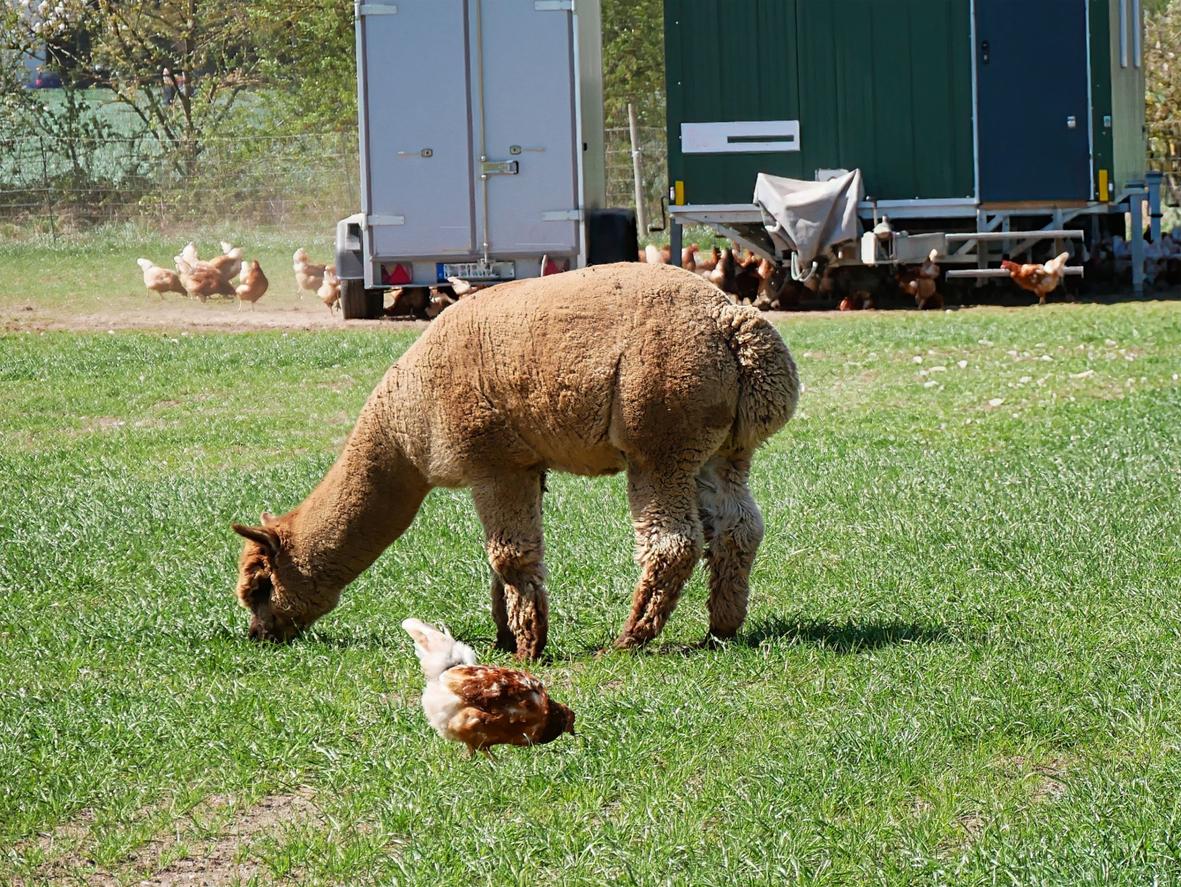The US Department of Agriculture (USDA) Animal and Plant Health Inspection Service (APHIS) today announced that tests have confirmed highly pathogenic H5N1 avian influenza in alpacas at an Idaho farm where the virus had struck a poultry flock.
The detection marks the first positive findings in alpacas, which are members of the camelid family.
Detection of the virus in the alpacas isn't unexpected due to the high amount of virus in the environment and the comingling of multiple livestock species on the farm, APHIS said.
The detection of the virus in farm animals on an affected poultry farm is similar to the H5N1 detection in baby goats at a Minnesota farm that experienced a poultry outbreak.
Virus found in 4 of farm's 18 alpacas
Genetic sequencing at the USDA's National Veterinary Services Laboratory (NVSL) reveals that the virus that infected the alpacas is the same B3.13 H5N1 genome circulating in dairy cows and is also the same genotype that infected poultry at the Idaho farm.
APHIS said the poultry on the Idaho farm were depopulated this month.
According to a notification from the World Organization for Animal Health, the alpacas and poultry were from a backyard farm in Jerome County. The virus was detected in 4 of the farm's 18 alpacas. The report said the alpacas had close contact with the infected birds.
H5N1 found in New Mexico feral cats
In other developments, US officials also reported H5N1 in two feral cats found dead in Curry County, New Mexico, according to a WOAH notification. A local veterinarian submitted the cats for testing because there were H5N1-affected dairy farms in Curry County.
However, the cats' location wasn't directly related to a dairy or poultry farm with a known H5N1 outbreak.
Detections of H5N1 in cats at dairy farms experiencing outbreaks have recently been reported in multiple states.
H5N1 strikes another Michigan dairy farm
The Michigan Department of Agriculture and Rural Development (MDARD) today said tests have confirmed H5N1 in another herd in Clinton County. Tests were conducted at the Michigan State University Veterinary Diagnostic Laboratory, and samples will be sent to the USDA's NVSL for additional confirmation.
The positive test marks the third outbreak in Clinton County and Michigan's 22nd such outbreak in dairy cattle.
Nationally, H5N1 has been detected in 67 dairy herds across nine states. In an update today, the USDA added 3 more detections—one each from Idaho, Texas, and Michigan.

















